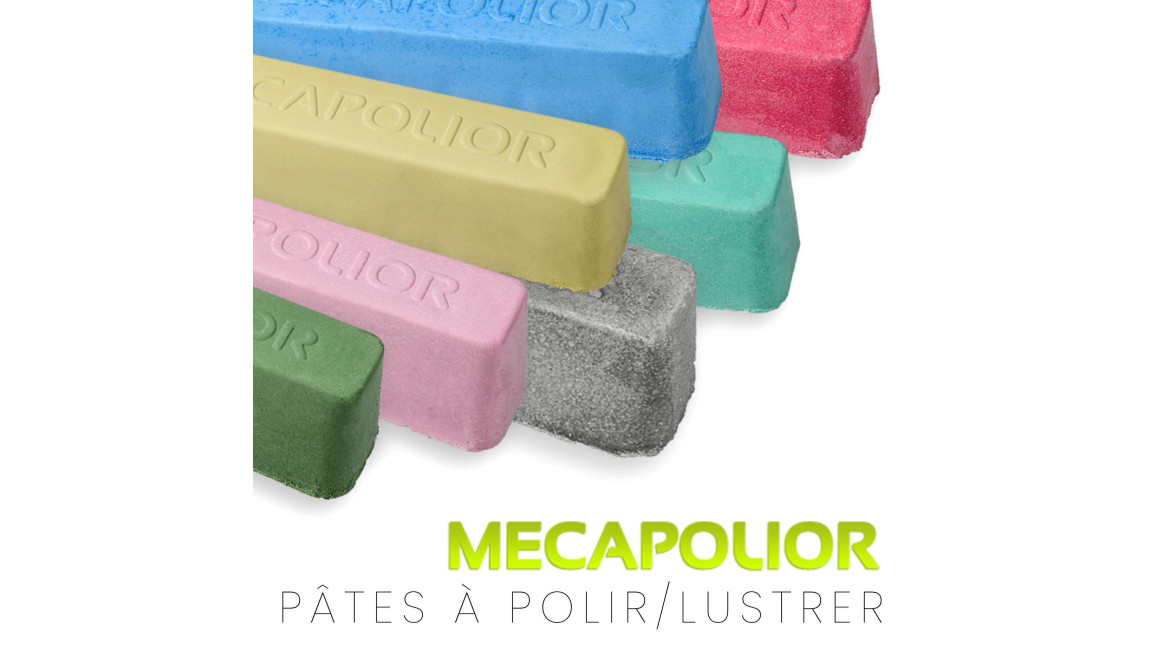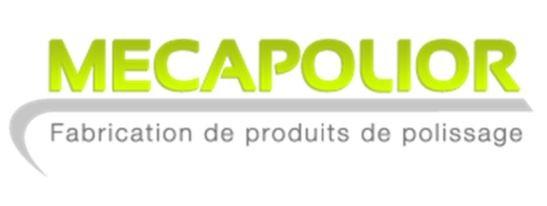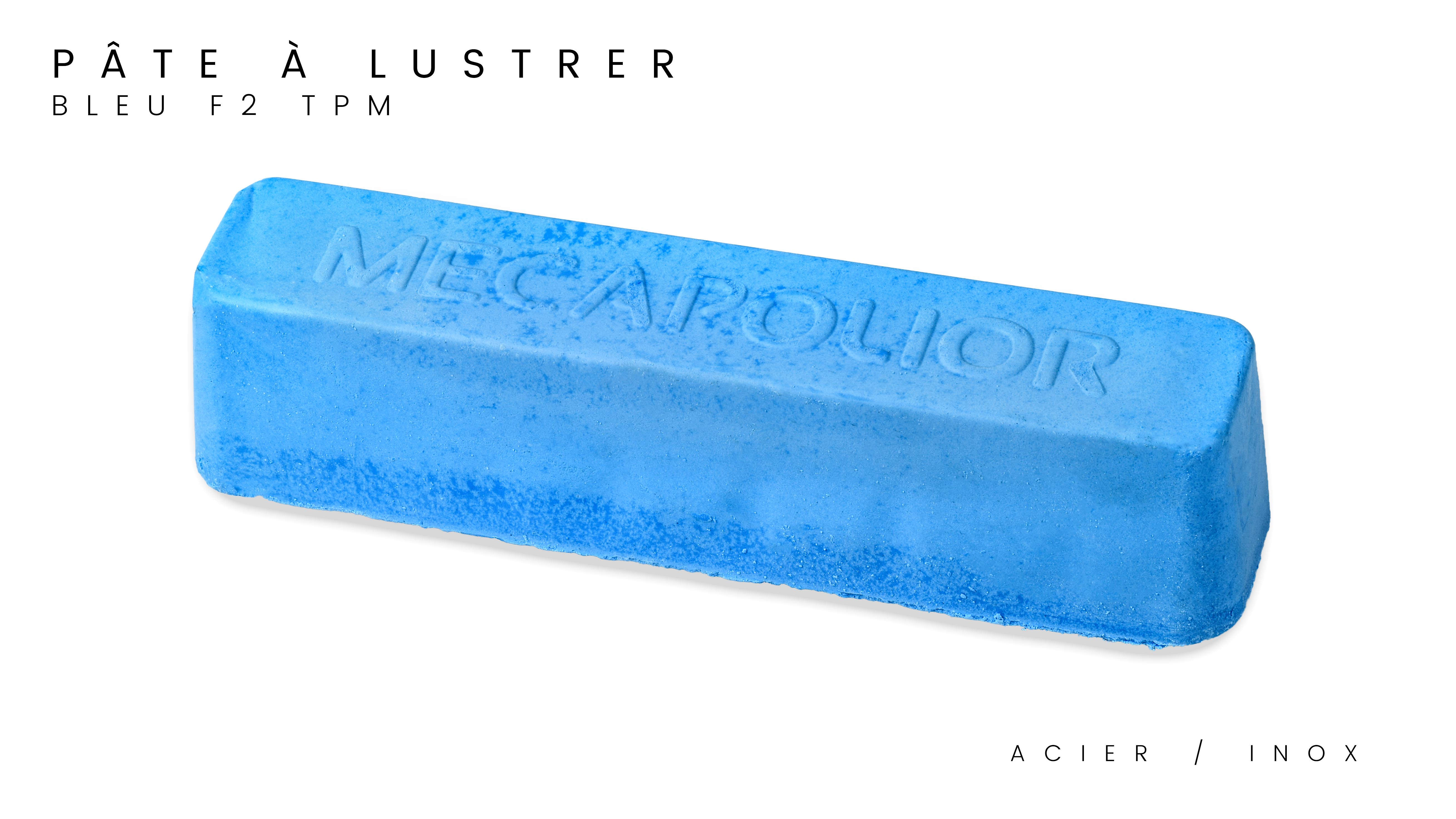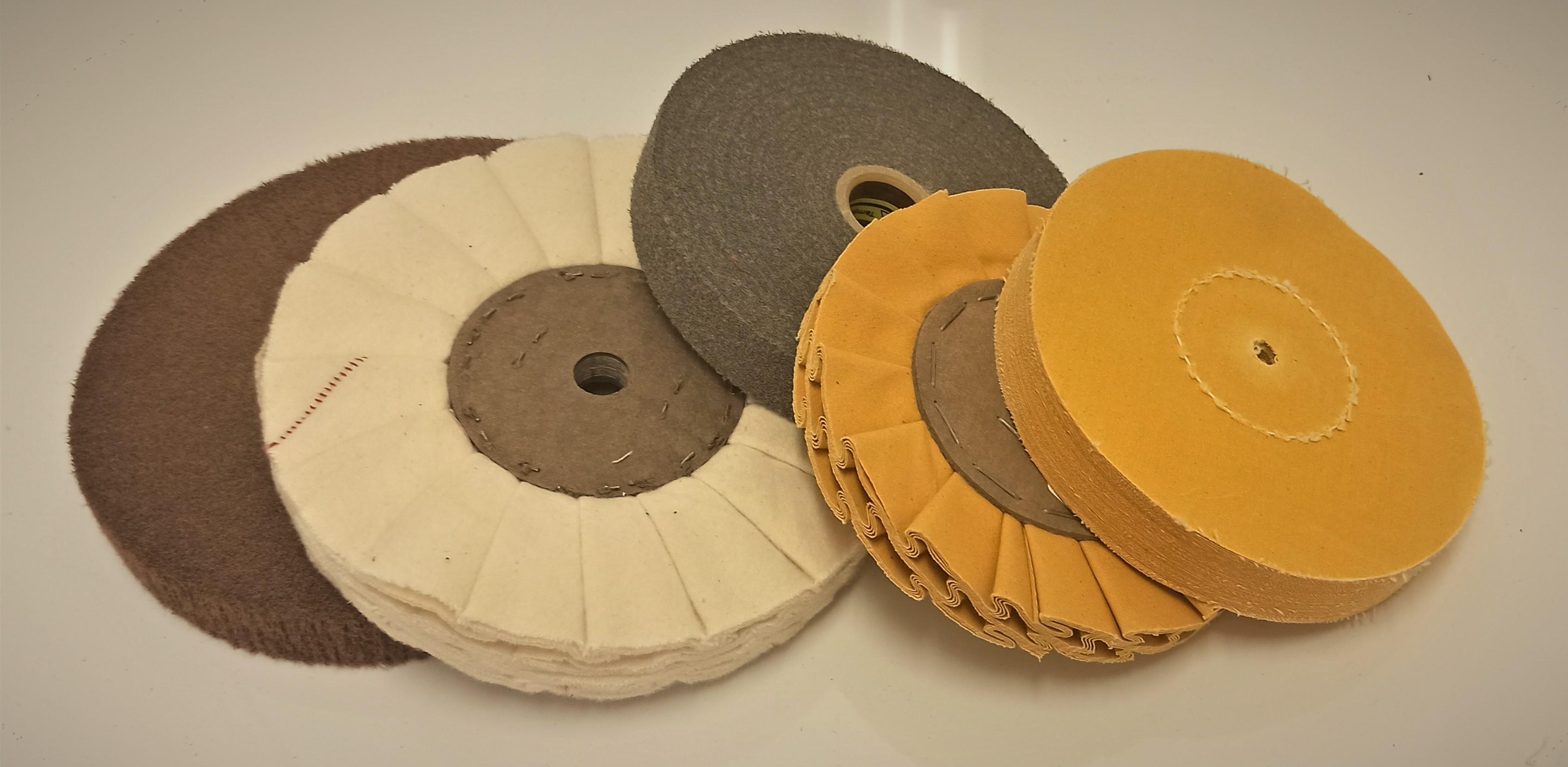Guide: How to choose the right polishing compound based on the job to be done?

Hello Mercorners,
We are pleased to announce our partnership with Mécapolior, which will begin in June 2022. For this occasion, it seems important to provide you with some practical information about polishing compounds to assist you in your choice.
A Trusted French Partner and Expert in Its Field
"Mécapolior is a French manufacturer of polishing products and abrasive belts based in Thiers. The company manufactures cotton discs in all qualities as well as polishing compounds designed for each phase of work, from preparation to finishing or super finishing. The long experience in the profession and the reputation gained over the years have allowed Mécapolior to guarantee serious follow-up both in terms of the quality of the finished product and the speed of execution." Fernando DINIS / General Manager of Mécapolior

As you can understand, Mécapolior is a quality company that manufactures polishing compounds and many other products in France. You will soon have the opportunity to find these products on our sales space and our website. Mécapolior works almost exclusively with professionals, in large quantities. With Mercorne, you now have access to high-quality products at a very interesting price.
Three Types of Compounds: Polishing, Brushing, and Buffing
There are many appellations and variations, but remember this:
Polishing Compound: it is used first to remove the coarsest marks related to machining. Its cutting power is very high, and the shine is almost nonexistent. Generally composed of natural abrasives such as corundum, silica, emery, and pumice.
Brushing Compound: often forgotten or paired with the polishing compound. The Brushing Compound is an intermediate compound that intervenes from preparation to finishing. The Brushing Compound removes the marks left by the Polishing Compound. Its cutting power is lower than the Buffing Compound but still significant, and the shine is low.
Buffing Compound: This is a finishing or even super-finishing compound. You should use it after polishing and brushing your material well to achieve optimal results. It is with this compound that you will make your material shine, for example. Unlike the brushing and polishing compounds, it has almost no cutting power but a very good shine. The polishing compound removes the marks left by the brushing compound. Buffing compounds for super finishing are even more effective in terms of shine, to achieve maximum mirror polish.
BONUS: Universal Compound, this is an "improved" brushing compound that can both polish, brush, and buff. You just need to change the support to optimize cutting or shine. This compound is less efficient than a specific compound but very practical if you only want one compound. Note that the COMPO PONCE universal compound will not give you a shiny polish, only a satin finish.
What's in a Polishing Compound?

Unfortunately, I cannot tell you exactly the composition because it is a trade secret that Mécapolior jealously guards. However, the major components that allow the bars to solidify/agglomerate are refined beef tallow, stearin, and paraffin. In addition to this, for polishing compounds, a natural abrasive is added. For brushing and buffing compounds, aluminum oxide is often used in the composition.
For vegans and medical applications, there are also compounds without animal fats to meet medical standards, such as those for prosthetists and dentists. We specify each time in our product descriptions if a compound contains animal fats.
Cutting Power and Shine, What Does That Mean?
Compounds with a high cutting power, generally the polishing compounds, are the most abrasive compounds. Compared to the grains of abrasive belts, the coarser the grain, the more material you will remove. This is in contrast to shine, generally reserved for buffing compounds. The higher the shine, the more effective the polishing effect will be.
You can remember this:
- Polishing Compound: high cutting power / no shine
- Brushing Compound: intermediate in cutting power and shine /
- Buffing Compound: low to no cutting power / good to very good shine
Choosing the Right Support Is Essential

"Having the right disc and compound will ensure your success."
Fernando DINIS / General Manager of Mécapolior
I will soon prepare a comprehensive guide to understand the different types of supports that exist; check our blog regularly so you don't miss it. Know that we specify each time in the product description which support to use to help you. Here are the main supports available:
- Felt (non) emerized
- Leather polisher
- Treated or natural Sisal
- Scotch brit
- Soft, semi-rigid, rigid, and finishing cotton
- Flannel
How to Apply the Compound According to the Texture?
Depending on the composition of the compound, the texture varies from very dry to very greasy. It is important to know that the greasier a compound is, the more sensitive it will be to high temperatures. A very greasy compound left in direct sunlight can melt quickly. If you live in a region with high temperatures, opt for a less greasy compound or store your compound in a place without excessive heat.
Moderate your pressure during application according to the texture. A very dry compound requires strong pressure on the support to deposit properly. In contrast, compounds with a greasy texture require moderate pressure. It is the rotation of the disc that heats the compound and softens it to deposit a film on the disc.
Tip: for optimal results, work in crossed strokes. Understand this: during polishing, work diagonally from right to left. During brushing, reverse from right to left, etc.
How to Choose my Compound According to the Material and in What Order?
Indeed, each compound is specially designed for a type of material (except for universal compounds). We have clearly specified in the title which materials are concerned. They are classified as follows:
- Hard Metals: steel and stainless steel
- Soft Materials: aluminum, nickel silver, wood, horns, etc.
- Resin-based Materials: stabilized wood, composites, inclusions, etc.
- Wood: for all types of wood
As for the order, as you understood, you should start with a polishing compound, then a brushing compound, and finish with a buffing compound or even a super-finishing compound. Find in each product description a table according to the type of material to guide you.
It's Your Turn Now!
We have made sure to create the most comprehensive product sheets to help you make your choice. I hope this guide has answered your questions. If you have any other questions, you can contact us by email: contact@mercorne.fr or by phone at 04 73 94 84 47.
DISCOVER THE RANGE!
Wishing you a beautiful day.
Ellioth

Comments
No comment at this time!
Leave your comment